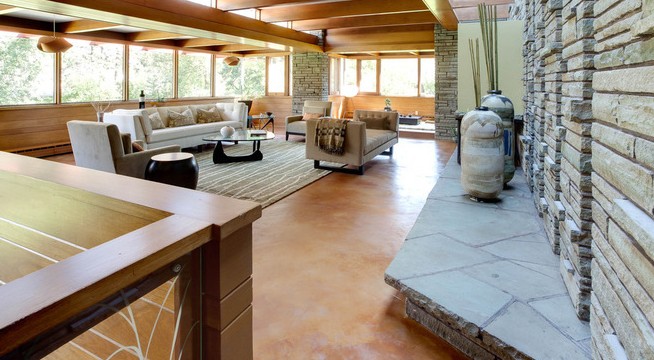Establishing a great relationship with your builder is critical to a successful outcome. Here are a few things you'll need to know
Building and renovating is not something we do very often. So it is quite normal to feel overwhelme at times. One of the most important things you can do is see the project through the builder’s eyes. By doing so, you’ll realise that you both share the same common goal. That is a high quality project deliver on time and on budget.
Be well prepared
The most important thing you can do to ensure a smooth build is to have thorough documentation. Your documentation should include the drawings (plans) as well as an Inclusions Specification. The Inclusions Specification clarifies dozens of requirements. That are generally either missing from the plans or not dealt with in enough detail. Like the built in robe fit out, kitchen appliances, bathroom fittings and tiling requirements. Sure, they are probably represent on the plan. But how do you know that your expectations in terms of finishes and material choices are going to be met.
Trust the builder’s trades
Good builders rely heavily on the quality and reliability of their group of regular trades. Because it is these trades that execute the work for which the builder becomes known. So even though you may know a painter or electrician. Don’t be surprised if the builder stands firm on his preference to use his regular trade group.
Make timely decisions
This is one of the biggest frustrations that builders face. The project being delaying because the client is slow at finalising selections for fittings and finishes. You shouldn’t be expected to make important decisions with unreasonably short notice. However you do have a responsibility to not excessively or consistently delay progress. Make no mistake, the builder is just as motivated to get your project finished as quickly as you are and the longer it takes. The more his profit is affected. A good way to keep ahead of these decisions is to use your Inclusions. Specification as a guide to what you’ll need to select. Ideally, your builder will be able to guide you as to the order that items need to be selected.
Understand your drawings
By the time you start building, you will look at several iterations of drawings for your project. However it is important that you have a clear understanding of what the plans actually say. This means you need to be familiar with the notation on the drawings and what the actual drawings represent. Unless you have engaging an architect to administer the building contract and supervise the works. You will generally be the one the builder will contact with any questions that aris. It may be a good idea to check with your designer if they are able to give you assistance with such matters from time to time. If you need clarification of the issue or a second opinion of the desired outcome.
Have realistic expectations
Try to be realistic about the building process. There are a lot of trades and suppliers involved in the program of the build. Also, from time to time things won’t go to plan. There will be days when there is nobody on site and progress will be slow. It might be that the required trades have been delayed at another project. Or that the required materials have not been delivered (another good reason to make timely decisions). At times like these, remember that good trades are worth waiting for. However, if the delay becomes excessively long. You have every right to voice your concerns with the builder and discuss options to keep things moving along.

